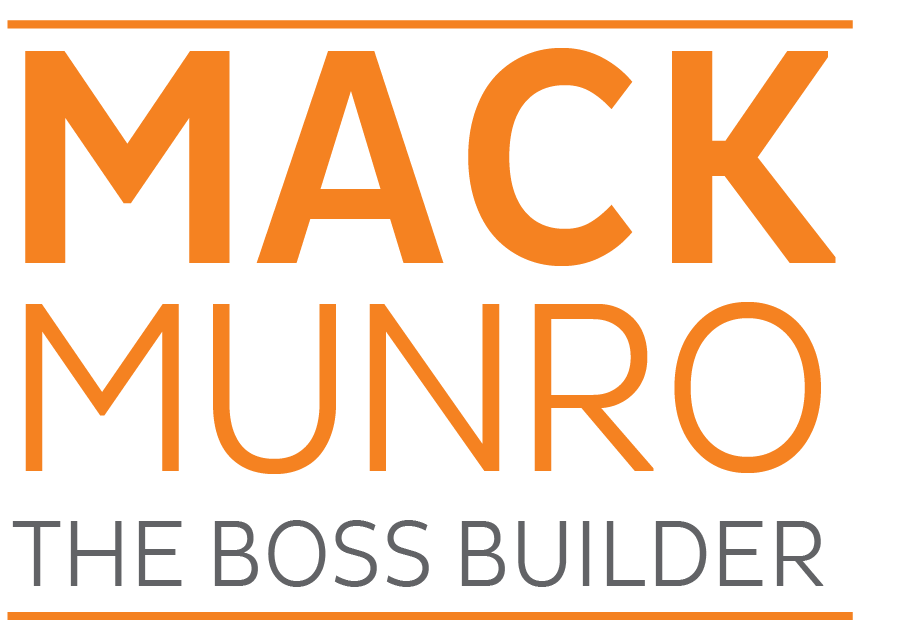 Recently I attended a conference in the Northeast. I was speaking in the afternoon so I got there early to do some prep work and networking. During the lunch break, a few speakers came up to do some announcements. Now a big reason people attend conferences (myself included) is to network. With over 300 attendees, there was a lot of networking going around at all the tables. People then began to leave and with about 20 minutes left of lunch break, only 1/3 of the room was full.
Recently I attended a conference in the Northeast. I was speaking in the afternoon so I got there early to do some prep work and networking. During the lunch break, a few speakers came up to do some announcements. Now a big reason people attend conferences (myself included) is to network. With over 300 attendees, there was a lot of networking going around at all the tables. People then began to leave and with about 20 minutes left of lunch break, only 1/3 of the room was full.
The featured lunch speaker was from the national chapter of the association and she was going to talk about trends in the industry and how the national chapter would help. She was very enthusiastic and full of energy. Unfortunately, those who actually listened to her numbered about 10 and they were up front. The rest of the room ignored her. Seemingly oblivious to this, she talked on and on from her prepared script. It was a bit sad. She seemed to have no clue that she was talking to nobody. The paltry applause she got at the end from the remaining audience had to alarm her but she smiled and walked off the stage. Either she pushed on professionally and then went into the Ladies Room and had a meltdown or she was simply clueless. I felt very uncomfortable for her but it reminded me of the importance of reading an audience. Learning the communication that body language provides us. Then, reading in that language.
Back in the 1960s, a researcher named Albert Mehrabian did a number of studies on communication, particularly which form of communication could influence the most effectively. Although his data was coopted and inaccurately compared (this is the common statement that 55% of communication is from body language, 38% from tone of voice, and 7% from the words themselves) it’s pretty clear that body language talks. Loudly. You have to be observant!
So if you find yourself getting the opportunity to speak to a large group or you have to speak to a smaller group to maybe make your case for a new idea, be mindful of the following:
- Empathize with Your Audience. If it’s near lunchtime or the end of the day, be brief. Nobody will complain if you end early. If it’s late afternoon or midmorning, the audience may be tired. Acknowledge all of this verbally. “Because it’s late in the day, I’ll make my remarks quickly so we can all get out of here sooner.” Trust me, you’ll win big fans!
- Speak a Language the Audience Speaks. Use their jargon, not yours. Use examples that relate to them, not you. If you use audio or video examples, use ones that relate to this particular audience. Tie the unfamiliar to the familiar (again, familiar to them) and you’ll transfer your knowledge to them.
- Tell a Story. Nothing communicates like a good story. Told correctly, it will capture your audience and hold them to the end. But you need to practice the story. It should also be YOUR story. No more “Starfish on the Beach” or “The Commanding Officer of the Battleship Arguing with the Lighthouse” stories. If you want to look like a complete amateur, just use tired speaker-stories like these. Be original and be YOU!
- Watch the Body Language of Your Audience. This is where the lunch speaker failed. If she had noticed people leaving or ignoring her, she should have stopped going from the script and tried something different. Maybe even stopping to just tell a story.
Even if you dread it, there is no better way to connect, convince, or control a group of people than to speak in front of them. Don’t waste the opportunity by failing to connect. You always connect better if you read their body language and engage them on their level. When you connect, you can convince.


Good stuff Mack. I apologize for not being able to meet with you as scheduled. I certainly will buy the coffee next time. Keep up your good posts.
Regards,
Tom Roche